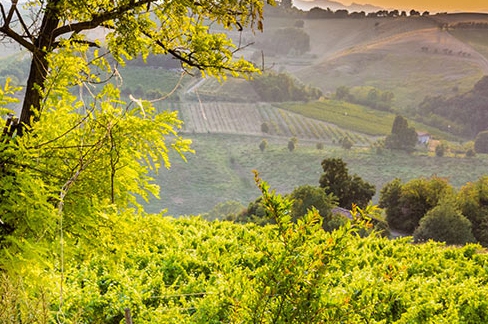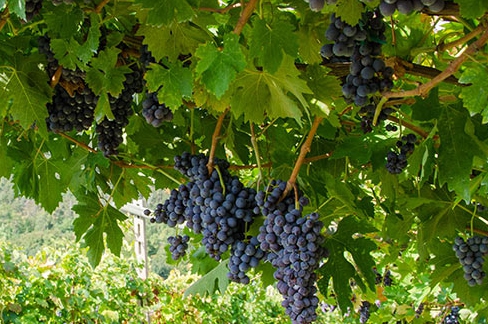BLOG
Soils type in Italy: focus on vineyards cultivated around volcanic areas
Italian Wine Scholar Course - Demo
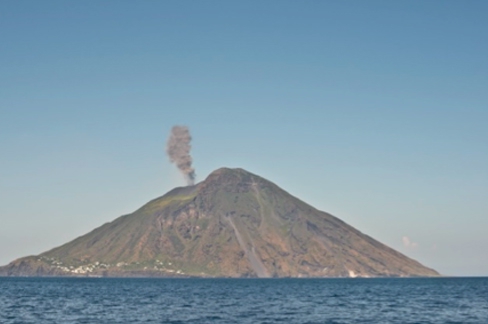
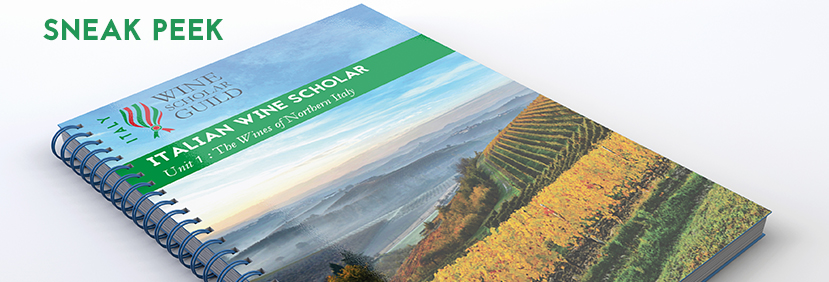
The geologic evolution of the Italian landscape has always been characterized by strong volcanic activity. Italy is one of the few winemaking countries with a considerable number of vineyards growing on the slopes of ancient and extinct volcanos. Vineyards are also cultivated around active volcanos such as those planted around Mount Etna in Sicilia.
In places like Sardegna and the Alps, large quantities of magma found its way through the earth’s crust and solidified in the sub-soil in the form of granite. In other areas, magma that made it to the surface left deposits of basaltic lava such as those found in Soave.
At the end of the Paleozoic Era (300-250 mya), Alto Adige was one of the major centers of volcanic activity in Europe. The erupting volcanos formed deposits of porphyry.
The orogenesis of the Alps caused volcanic activity in Veneto’s Prealps where the winegrowing areas of Lessini, Colli Euganei and Colli Berici lie today.
The volcanic soils found in areas of Toscana, Lazio, Basilicata and Campania are the result of volcanic activity related to the formation of the Apennines. Among these areas, Campania still has active volcanos today, such as Mount Vesuvius near Naples.
The volcanic soils found in Sicilia resulted from movements of the earth’s crust leaving several volcanos that are still active today.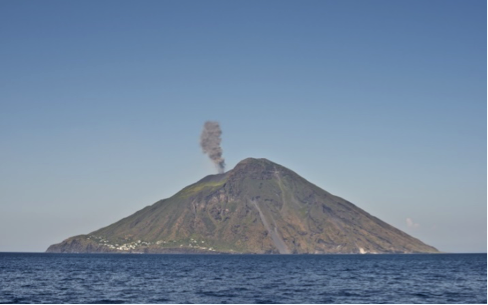
The volcano Stromboli
The text above is a sample of the Italian Wine Scholar Manual written by Maurizio Broggi, Wine Scholar Guild's Education Director for Italy. Creator of the Italian Wine Scholar study & certification program

